Francis John Fahey made his living as a paramedic before he was convicted of the murder of two Brisbane sex workers
HE was paid to save people’s lives, but he had a secret: he was trawling Brisbane’s streets, looking for women to murder. He was a paramedic — and a serial killer.
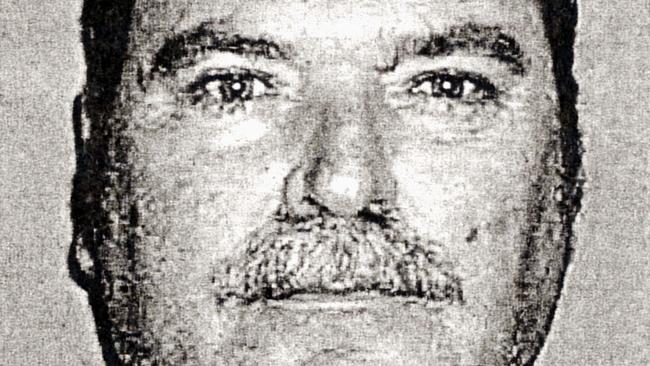
News
Don't miss out on the headlines from News. Followed categories will be added to My News.
HE liked to fish, he told the detectives sitting beside him. He would cast his line in at the Deep Water Bend Reserve at Bald Hills, on Brisbane’s northern outskirts, in quiet, sheltered waters where he couldn’t be disturbed.
“Away from the f … ing idiots on their jet skis. And the water skiers,” he explained, the rage seeping out. Even when he was trying to be cool — when he was trying to impress these two calm officers in the police interview room — Francis Michael Fahey couldn’t completely hide what was inside him.
MORE CRIME READS ...
PALACE BACKPACKERS FIRE: Killer Robert Long hinted ‘something could happen’
‘FOUR DAYS BETWEEN MURDERS’: The evil of Leonard Fraser
ARTHUR STANLEY BROWN: Did he kill the Mackay sisters?
Fishing was a cover story. Deep Water Bend Reserve was where the bound, gagged and mutilated body of Julie McColl had been found. Fahey knew he needed an excuse in case anyone had seen him or his distinctive grey ute in the area.
On this occasion, Fahey was the fish and the cops already had him on their line. He was putting up a good fight, denying everything, but they were reeling him in. As he sat talking, forensic officers were swarming his house, searching for evidence to lock him away before he could kill again.
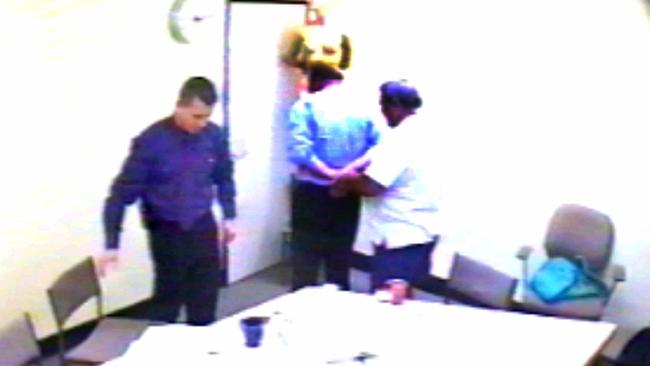
IT STARTED with another slaying, six months before the murder of Ms McColl. On August 8, 2002, a truck driver pulled into a vacant block beside the Hendra Police Station in Brisbane’s north and made a grim discovery — a woman’s body, lying in a foetal position in the dirt. The woman had no identification but detectives guessed from her clothing that she was a sex worker. Checks with colleagues at Fortitude Valley, where street workers plied their dangerous trade, confirmed their hunch and her identity: Jasmin Crathern, a regular on the Valley’s corners.
She’d died in a frenzied attack, suffering 14 stab wounds to her chest and back, and her throat had been cut. The blade was long, leaving wounds up to 16cm deep. The absence of blood at the scene told a story. She’d been murdered elsewhere. Then her killer had brought her here, like a cat with a fresh kill, dumping her at the very doorstep of detectives, either proud of his work or challenging them to find him.
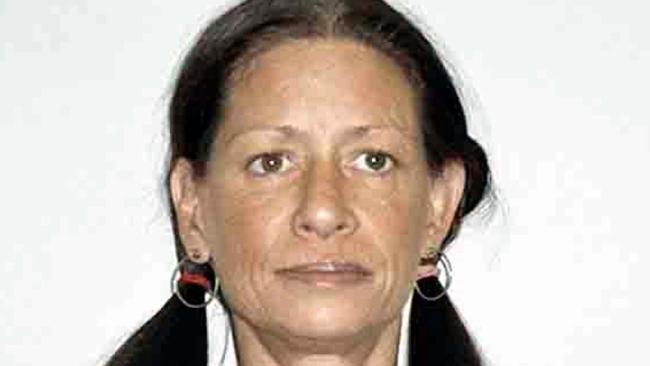
Police worked with what evidence they had. He’d left them some clues, but not many. Tyre tracks led to her body, and away again. Footprints in the dirt were almost certainly those of her killer. The list of possible suspects was seemingly endless. Was it an enraged boyfriend? A pimp? A client?
The first point of call for police was security camera footage from the Valley’s red light district and its surrounds. Crathern, 41, was caught on camera at a corner store shortly after 8.30pm, then murdered in the hours that followed.
Shoe sole experts found a match for the footprints in the dirt: they were from T-boots. Unfortunately for police this particular brand had been supplied locally for three decades. If police found the killer, the boots could link him to the crime — but the reality was the dusty prints were never going to lead to his doorstep.
Other leads were emerging. DNA had been recovered from a semen stain on the black top Crathern was wearing. There was no match in the database, but police knew it was possible they had a direct trace to the killer.

SHE WAS naked except for a sandal on one foot. Her body, bound with ropes, was punctured with 24 stab wounds. She was found in the car park of the Deep Water Bend Reserve on February 26, 2003. She was identified as New Zealand-born Julie McColl, 42, who, like Ms Crathern, was a sex worker on the streets of the Valley. Detectives suspected the two murders were linked. The media and public suspected it too, and it wasn’t long before there was speculation a serial killer was stalking the city’s sex workers. He was even given a name: the Red Light Killer.
Police formed a 20-strong taskforce, Operation Midas, to investigate the two murders, along with the unsolved murder of Elizabeth Henry in 1998 and the brutal bashing of Karen Redmile, also in 1998.
This time, because of wet weather, there were no footprints or tyre tracks left behind. But the killer had left tracks in other ways. Another sex worker, Jacinda Horne, told police she had been approached by a man in the Valley shortly before Ms McColl disappeared. The man wanted sex but with a twist — he wanted to tie her up with her hands behind her back and her feet together, and to blindfold her. The similarities to the attack on Ms McColl were obvious. Horne had turned him down and he left. Her description of the twin cab ute he was driving sent police racing back to the check CCTV footage. They noticed a matching car had driven through the Valley three times that night. It was distinctive, with white stripes on the side, a CB aerial, tinted windows and a canopy.

Further checks confirmed the car was likely a two-wheel-drive Mitsubishi Triton, which would have been capable of leaving the tyre marks where Jasmin Crathern’s body was found. It was evidence of a direct link between the two murders. Her description of the man gave police more to go on — Horne told detectives he was white, in his mid 40s, overweight with a beer gut, a chubby face and sporting a moustache. Police were in a race against time to find the killer before he struck again, and by now they were convinced he would keep killing. Looking at the two recent murders, they also knew the violence of his attacks was escalating.
Exhaustive checks into the vehicle left police with a shortlist of possible matches and eventually led them to the home of Francis Michael Fahey at Narangba, north of Brisbane. There, they found a ute matching, exactly, the vehicle in the CCTV footage. Fahey was a former ambulance officer who had been jailed for fraud. His old arrest photo was strikingly similar to the sketch of the suspect prepared with the help of sex worker Jacinda Horne. Police put him under surveillance and one of his discarded cigarette butts came back with a match to the DNA recovered from Ms Crathern’s black top. Surveillance operatives were watching when he drove to Deep Water Bend Reserve, giving police another link to the murders.
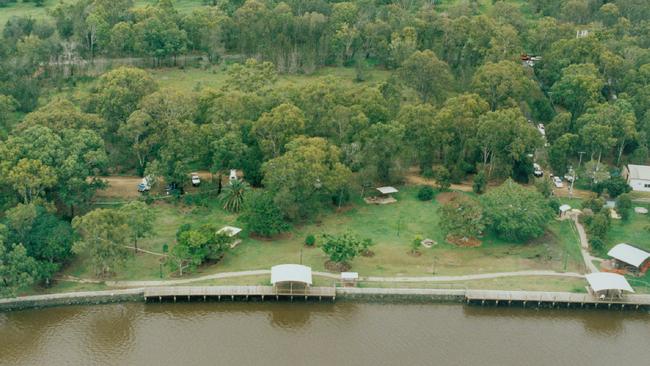
He was an unlikely suspect. The 50-year-old was a father of three. His grandfather was a decorated police officer. And Fahey himself had worked for many years in a job that made it almost ludicrous to suspect him as a killer — a paramedic entrusted with saving lives. He’d started in the ambulance service’s transport brigade in the 1970s and worked on and off as an ambulance officer until 2000. He’d left the ambulance service claiming he had suffered post-traumatic stress. Since then his life had been on a downward spiral. He’d been convicted of WorkCover fraud. He had spoken of uncontrollable rages and disturbing nightmares. Several times, he’d been admitted for psychiatric treatment.
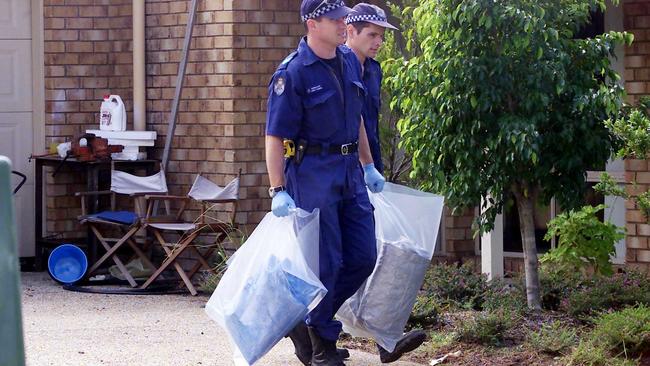
Police swooped on his home in May 2003 — nine months after Crathern’s murder — and hauled Fahey in for questioning while forensic officers went to work searching for evidence. Footage of Fahey’s police interview, aired on TV crime series Forensic Investigators, shows the detectives slowly pulling Fahey towards their net.
“Can you tell us what you were doing on that day?” one of the detectives asks.
“I’ve got no bloody idea,” Fahey responded.
But inside Fahey’s home was the rest of the evidence: The murder weapon, a hunting knife which Fahey had used for pigging; his ambulance-issue T-boots at the front door, still with Ms Crathern’s blood on them; and ropes and a crimping tool that matched items used in Ms McColl’s murder.
Detectives paused their interview and left Fahey in the room to stew. Time enough for him to think about their pointed questioning and what they would find in his home. He wanted to “get a lot of s. t off my chest”, he told them.
“This bird jumped in and wanted to know if I wanted any company. And I said yeah I don’t mind. She told me what the prices were — 50 bucks for a blow job — and it kind of appealed to me so I agreed.
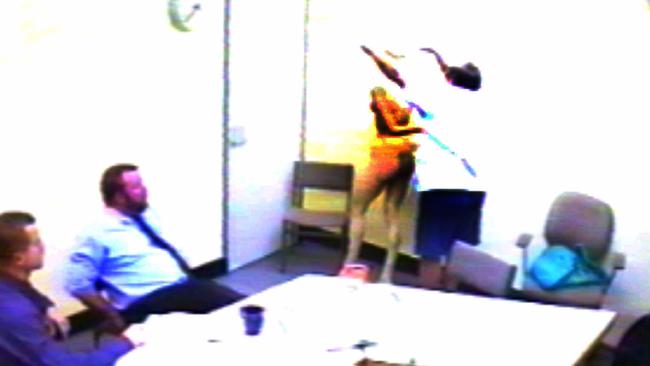
“We drove into a vacant block. She wanted to be paid first up and so I paid her the 50 and we walked to the back of the car and had oral sex. The condom broke and um next thing I recall is that I’m hooking it along the Gateway at a great rate of knots.
“The other one, I pulled up there at the Night Owl place. I got a cup of coffee from there and think I got something to eat. I can’t remember what I got to eat. I pulled into a side street I think it was on the right hand side heading back into the mall.
“I pulled up there to finish my coffee. I got a tap on the window. A bird was offering different services and what have you. She offered to give me a blow job for 25 bucks I think it was and um she sat in the car with me while I was finishing my coffee then she started talking about what turned me on.
“That led to the bondage thing. Then she suggested we go back to her place. I said I wouldn’t be in that, in that I wouldn’t feel safe. And the only place I could think of was deep water bend and I told her about it and she agreed to go. `With this sort of weather’, she said, `I’m not going to get much business tonight’.
“We drove to there. I remember tying her up. I remember getting the blow job. The next thing I remember, I’m pulled up on the side of the road underneath the bridge and I’m using these drink bottles and cordial bottles to wash blood off my legs. And I threw me guts up.”
As he spoke he stretched his arms out in front of him. His eyes were down, his shoulders slumped. He looked relieved. It was all over. The detective asked him if he felt better.
“To a certain degree I do and to a certain degree I don’t,” he said. “I mean I don’t know why it happened. I don’t know why it happened because I spent all my f … ing life saving lives. Now I’m taking them and I don’t know why.”
Fahey is serving two life sentences for the murders of Julie McColl and Jasmin Crathern.
###



